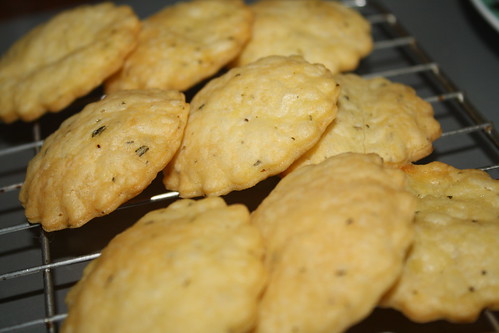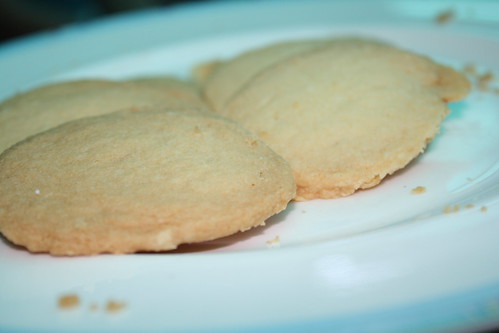date of visit: Friday 16 December 2011
There are some places I eat at where the service is so good it helps me gloss over inconsistencies in the food. And then there are some places where it’s all about the food. Tongue Thai’d would be one of the latter.
So do you want the good (the food) or the bad (the service) first? I’m going to start with the bad so I can end on a positive note.
A friend had booked a table for eight for a Friday night before Christmas. Now, I know December is party month and everywhere is booked out but once you do actually have that booking you rather expect that everyone will be able to sit at the table. I think we were very lucky that person number eight didn’t arrive, because she would have had to have been paper thin to fit between the table and the wall or she would have spent the entire meal having people (staff and customers) push past her. Yes, Tongue Thai’d is extremely popular, but I do feel that the management’s eagerness to serve as many people as possible rather outweighs the restaurant’s physical size. People might enjoy their meal just that bit more if they had a bit of wriggle room. I’ve seen some sites describe the restaurant as family friendly but having been there I certainly wouldn’t turn up with a child that needs a high chair!
Aside from a rather squeezy table, the service, at best, can be described as adequate. Some staff were a lot more on the ball than others and I think the issues we experienced (missing drinks, the bill taking a long time to arrive) could be rectified easily by employing one or two more people and perhaps having well defined sets of tables that are looked after by individual staff. Our friends who are regulars here did say that since the modest expansion of the restaurant the service has taken something of a battering.
So now the good. The food. Which did land on our table in a timely manner and the staff, and kitchen, did cope with our requests for additional dishes with no problems. Being in a group, we started with a selection of entrées including an excellent crispy rice ball salad which everyone liked so much we had to order another one. We also had spring rolls, Thai samosas (quite different from Indian ones) and fish cakes. Everyone was happy.
For main courses we ordered the signature dish, the Tongue Thai’d eggplant. This was crispy aubergine with a sweet and sour sauce and chicken mince. That description really doesn’t do it justice. It’s the dish everyone raves about and it really is worth trying. At my insistence, we ordered another aubergine dish from the specials menu – more crispy aubergine but this time with fish, chilli and garlic. I liked this dish even more. In fact, I would go back for this alone.
We also tried the prawn and mango curry – not something I would ever have ordered myself but also really good, as well as the whole flounder.
After rather a lot of food, we somehow found space for desserts. I ordered the hazelnut meringue with apricot and cream and the only other person I’ve discussed dessert with tried the sticky toffee pudding. I liked the fact that the dessert menu made a real effort at the non-Thai dishes, but we did both feel that we could have done better making our respective desserts at home. But let’s face it, how many of us go out to Thai for the desserts?
It was lovely to go to a Thai restaurant that features some different dishes on the menu (more aubergine in Thai restaurants please!). Apparently Tongue Thai’d focusses on northern Thai cuisine which, on the basis of my visit, I’d say is something we don’t see enough of in South Australia. Having said that, more conservative Thai eaters aren’t left behind and the menu does feature the staples of Thai restaurant food such as pad thai, and green, red and massaman curries.
There’s plenty of food and, once you do get the bill, it is reasonably priced. Just be aware that you will need to book, the restaurant can be a bit cramped and noisy and the service … well, it’s casual. But once you have some crispy aubergine you probably won’t care.
Unfortunately, Tongue Thai’d doesn’t have a website (grumble, grumble) but you can you see a menu online here and it does have a facebook page.



